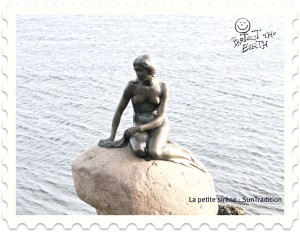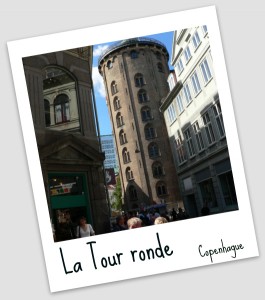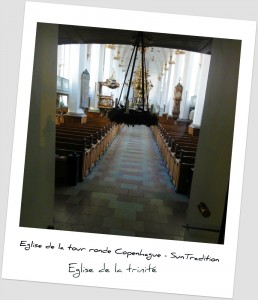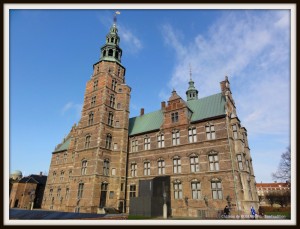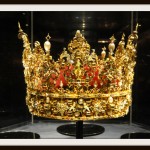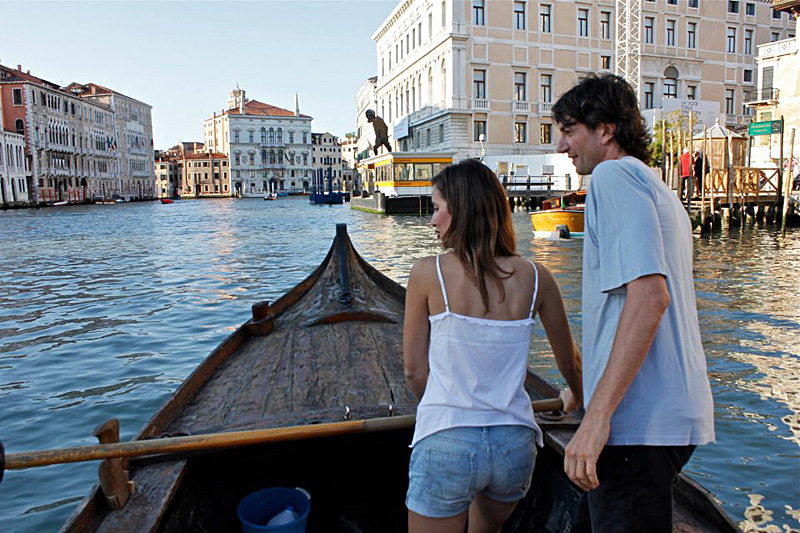Do you know Denmark? why not start by visiting Copenhagen we have done it for you. First you need a plane ticket, then a hotel, be aware that many affordable hotels in Copenhagen are in the same area near the central station and the amusement park TIVOLI. To visit the city you need the essential tool that allows you to take transport as well as to enter all the museums and monuments of the city. Copenhagen Card“for the rest of the information on the activities consult the official Danish tourism website.
First day, On arrival at the airport direction the city center, the hotel we will not advise you, the one we had chosen, the Centrum hotel the room was not to our liking even if the price was reasonable. The room was small, the bathroom cramped without a shower tray, you should know that in the Nordic countries it seems like this, the entire bathroom floor is a giant shower tray. The area where the hotel is located near the train station is a red-light district, prostitution and sex shop, it is better to know it. First walk the main shopping street Vesterbrogade towards the Royal Danish porcelain factory shop address Amagertorv 6, 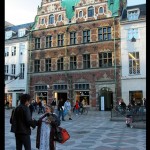 The famous Royal factory Copenhagen was founded in 1775 under the protective wing of Queen Mother Juliane Marie, hence the name Fabrique de Porcelaine Royale. Royal Copenhagen is one of the oldest porcelain manufacturers in Europe and is renowned worldwide for its high quality and beautiful design.
The famous Royal factory Copenhagen was founded in 1775 under the protective wing of Queen Mother Juliane Marie, hence the name Fabrique de Porcelaine Royale. Royal Copenhagen is one of the oldest porcelain manufacturers in Europe and is renowned worldwide for its high quality and beautiful design.
To continue we recommend the visit of the round tower of Copenhagen " RUNDERTAARN »
The Round Tower of Copenhagen is located in the heart of the city center, in the old quarter 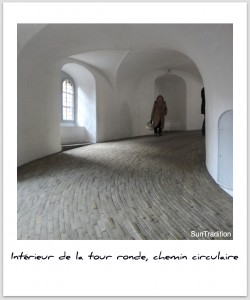 Latin. During your walks in the shopping streets, you will not be able to miss it! It was erected in the 17th century under the orders of King Christian IV. Since 1861, the Round Tower has been an astronomical observatory, used by the University of Copenhagen since 1861, the round tower is Europe's oldest functioning astronomy observatory. This place is regularly used by many amateur astronomers who wish to scan the sky. Astronomy was an important science in 17th century Europe, in Denmark Tycho Brahe was one of the leaders of this movement. It is certainly thanks to the influence of Tycho Brahe that this tower was built as an observatory of the university in 1642. Unfortunately he died in 1601 and will not see its completion. His close colleague, the astronomer Professor Longomontanus, will be appointed head of this new tower of stars. This tower has hosted various work observations the last dating from 1929. The observatory is 6.75 meters high and 6 meters in diameter and has an 80-450 telescope with 80 aperture -450mm focal length.
Latin. During your walks in the shopping streets, you will not be able to miss it! It was erected in the 17th century under the orders of King Christian IV. Since 1861, the Round Tower has been an astronomical observatory, used by the University of Copenhagen since 1861, the round tower is Europe's oldest functioning astronomy observatory. This place is regularly used by many amateur astronomers who wish to scan the sky. Astronomy was an important science in 17th century Europe, in Denmark Tycho Brahe was one of the leaders of this movement. It is certainly thanks to the influence of Tycho Brahe that this tower was built as an observatory of the university in 1642. Unfortunately he died in 1601 and will not see its completion. His close colleague, the astronomer Professor Longomontanus, will be appointed head of this new tower of stars. This tower has hosted various work observations the last dating from 1929. The observatory is 6.75 meters high and 6 meters in diameter and has an 80-450 telescope with 80 aperture -450mm focal length.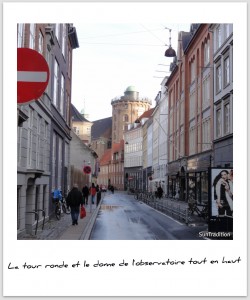
A student library which was once the place where the entire collection of books from the University of Copenhagen was stored. Located halfway up the tower, the library will be opened in 1657. It contained up to 10,000 books that came from the old university buildings. In 1861 the collection of books in the tower grew too large and was moved to a new building in Fiolstraede. The old library has since known other uses, used by Carl Lund for the creation of theater sets, then served as a warehouse for the Zoological Museum. The library was restored in 1987 and has now become an art gallery and concert hall.
In the tower you will also see the Trinitatis (Trinity) church dating from 1656. Today there are also the tourist activities offered by the site. The visit allows you to dominate Copenhagen, the residential and commercial districts and the old town. A few anecdotes prove that the tower has a dear place in the hearts of the Danes. Thus, the inhabitants of Copenhagen often employ the Round Tower as a reference when it comes to measuring incalculable weights and heights!
This pleasure castle built from 1606 to 1634 according to the own sketches of King Christian IV, Rosenborg is inspired by the Dutch renaissance and will be the residence of the monarchs until 1710, when Frederik IV built the castle of Frederiksberg. Subsequently, it will remain the official reception area and above all the place where the private heritage of the royal family will be safeguarded. Its vocation as a museum is old. The collections will be accessible to the public from 1838. The apartments of successive kings until Frederik IV will be restored to their original condition. To the following monarchs, we will dedicate rooms furnished with furniture from other royal residences, the idea being to retrace, through that of the royal house, the history of the nation. This chronological approach, breaking with the tradition of thematic exhibitions, will be a landmark when Rosenborg opened in the 1860s in the form it still has today. By exhibiting the living environment of its princes up to the last deceased sovereign, Denmark thus inaugurated the first museum of contemporary history in Europe.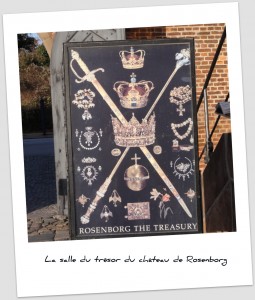
You can visit the castle, the treasure room and the temporary exhibition on presentation of the appropriate tickets at the respective entrances. Photo permission can be purchased and allows photography with flash, but without a tripod for exclusively private use.


